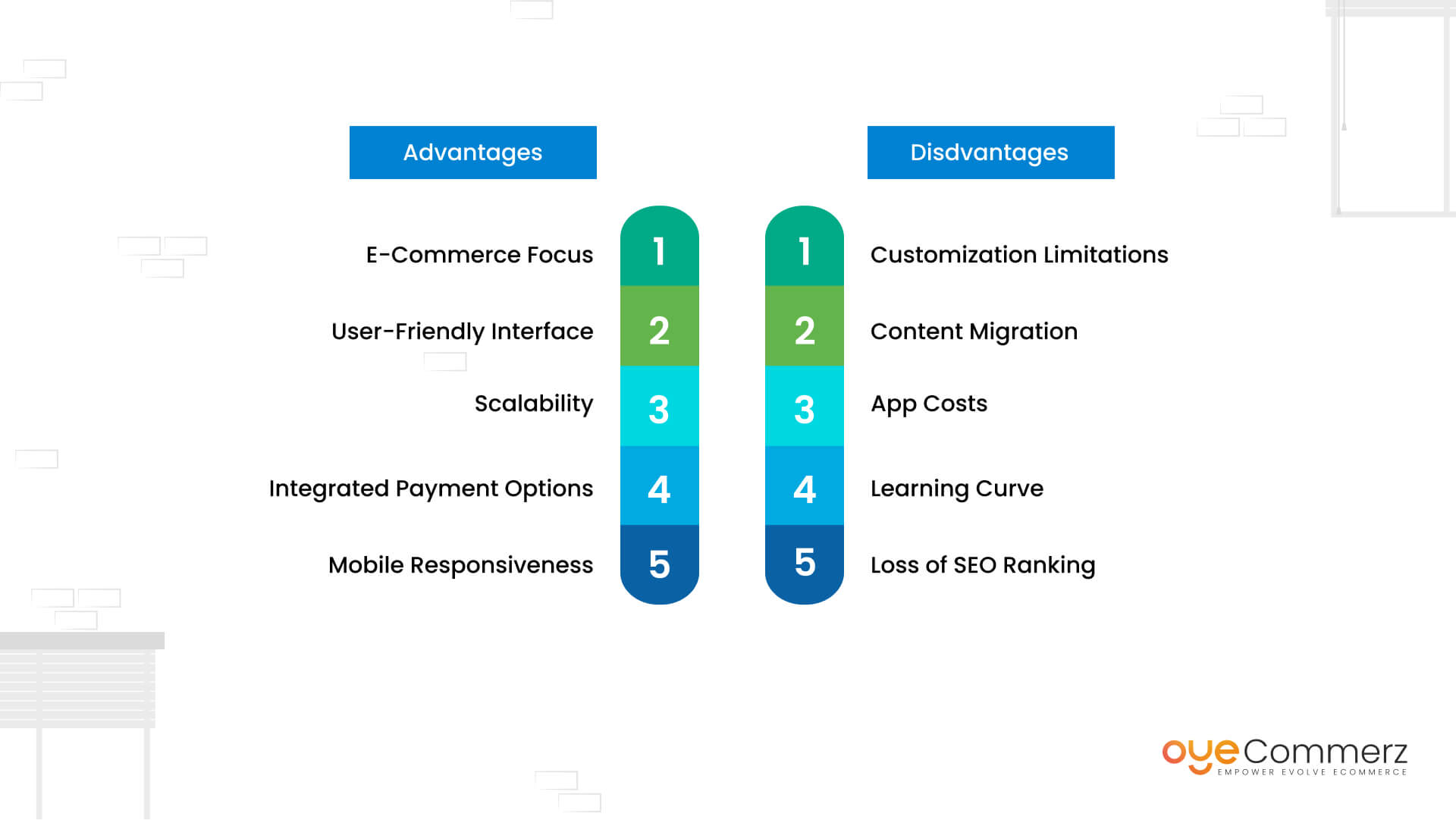Shifting from WordPress to Shopify is an promising step toward optimizing your e-commerce operations. As companies expand, selecting a platform that aligns with growth potential, UX, and flexibility is essential. Shopify is widely recognized as a favorite for e-commerce professionals, providing unmatched adaptability, data protection, and user-friendliness. In this guide, we will delve into why this migration is a game-changer, highlight the benefits, and share practical tips to ensure a smooth transition.
1. Top Reasons to Transition from WP to Shopify
WordPress, paired with WooCommerce, has served countless e-commerce platforms. However, as businesses expand, issues like plugin dependency, security vulnerabilities, and complex setups can hinder growth. Shopify, specifically created for e-commerce, eliminates these concerns with an comprehensive, user-friendly platform. Statistics back this shift—Shopify hosts over 4.4 million websites globally, with a reported 10% boost to sales performance for many businesses post-switch.
2. Key Benefits of Shopify for E-commerce Success
Shopify’s robust ecosystem caters for expanding businesses. Its standout benefits include:
- Seamless Customization: Shopify offers over 80 expertly crafted themes.
- Integrated Tools: Capabilities such as Shopify Payments and built-in SEO streamline operations.
- International Expansion: Multi-currency support and localization features enable brands to expand internationally.
Additionally, Shopify delivers an uptime rate of 99.98%, ensuring your store is always operational.
3. Getting Ready for Your WordPress-to-Shopify Transition
Prior to starting the migration process, assess your existing setup. Review product data, customer details, and SEO performance. Tools like Shopify’s Migration Kit or third-party solutions help ease the transition. Create a detailed strategy, ensuring all assets—item details, media files, and blog content—are optimized for transfer.
4. The Importance of Accurate Data Migration
Transferring your data forms the foundation for a smooth transition. When moving from WordPress to Shopify, prioritize:
- Product Information: SKU, descriptions, and groupings. E-commerce re-platforming
- Client Information: Emails, purchase records, and preferences.
- Search Engine Considerations: Retain meta tags, URLs, and redirects to maintain search rankings.
Use apps like LitExtension to facilitate seamless migration while minimizing errors.
5. Tailoring Your Shopify Store to Fit Your Brand
Post-migration, personalizing your Shopify store helps it reflects your brand. Utilize Shopify’s drag-and-drop editor to create layouts with ease. Shopify's templates are mobile-responsive, ensuring a smooth user experience across platforms—a critical factor, since 74% Shopify cart migration of e-commerce traffic is generated by mobile visitors.
6. Maintaining SEO During Migration
SEO is vital for maintaining your online presence during migration. Shopify is highly optimized for search engines with clean URL structures, preloaded features, and smooth content management. Make sure you:
- Set up URL forwarding for old URLs.
- Optimize new pages with targeted phrases.
- Use Shopify's apps Plug in SEO to monitor performance post-migration.
7. Essential Tests After Migrating to Shopify
Once the migration is complete, run detailed checks.
Check: - Website speed (Shopify boasts faster speeds compared to WordPress).
- Functionality of payment gateways and transaction flow.
- Adaptability across devices.
Testing guarantees your store provides a seamless shopping experience from the start.
8. Real-Life Success Story
An example of effective platform switching is Gymshark, a fitness apparel brand that moved to Shopify. After the switch, the company saw a 60% boost in mobile sales and significantly lowered site downtime. This highlights the potential of Shopify in driving e-commerce growth.
9. Challenges and Solutions
Migration comes with challenges, such as data integrity and adjusting tailored features. However, Shopify’s extensive assistance and external professionals make overcoming these hurdles manageable. Partnering with experienced Shopify developers helps guarantee a trouble-free transition.
10. Making the Switch: The First Step Toward Success
Switching from WP to Shopify represents a forward-thinking decision to online retail. By focusing on growth, streamlining operations, and enhancing the customer experience, Shopify empowers businesses to thrive in challenging industries.
Final Thoughts
Transitioning from WordPress to Shopify offers a smart solution that can greatly enhance your online business performance. With a well-structured strategy, the appropriate resources, and expert support, you can unlock new growth opportunities.
Ready to make the leap? Let’s discuss how our Shopify migration services can revolutionize your e-commerce platform. Get in touch today, or ask yourself: Can your business afford to miss out on Shopify’s growth potential?
